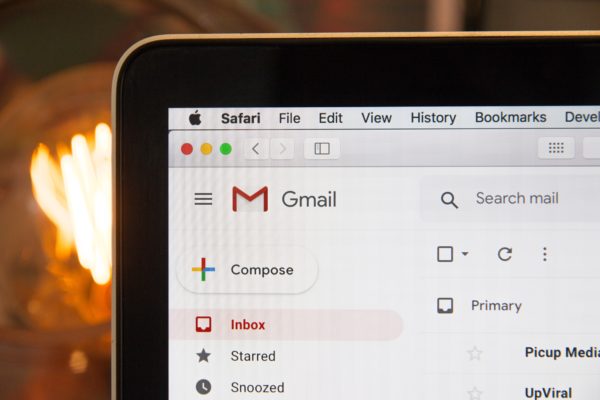One of the most recent statistics on top email clients today puts Outlook at third place with a 9% market share after iPhone email client and Gmail with a 28% and 26% market share respectively. The data is based on 834 emails opened globally between 1st March and 1st April 2019.
Considering a record 281 billion business and consumer emails were sent and received daily in 2018, the accuracy of such market share data is questionable. Outlook’s market share could very well be higher, given it is the most preferred email client for business.
If your target is a serious potential consumer of your product or service, they probably open emails at work using Outlook. Your chances of converting such a customer are higher if you make sure your emails look perfect on every email client, especially Outlook.
But Outlook is known to “corrupt” email font, pictures, links, tables, and overall design. Outlook renders HTML using Word while older versions use internet explorer. Both overlook code conventions that work flawlessly with other email clients. The importance of an outlook email testing tool can’t, therefore, be ignored. But let’s first look at the common outlook email problems and possible solutions
1. Missing background images
Outlook doesn’t display background images that have been applied using traditional HTML. When using a repeating background image, it should be monochromatic. You should also apply background color just in case. Alternatively, use VML (Vector Markup Language) to force your background image to display on Outlook.
2. Wrong link color
Outlook is also notorious for changing the color of links to purple or blue once they have been clicked. If this isn’t factored beforehand, it can clash with your email design. The problem can be solved by defining link font color in-line.
3. Poorly displayed images
Your target audience can block or allow email images automatically. But since most people enable image display in emails, you should ensure they are effective as possible even if they aren’t displayed correctly. Adding descriptive text (alt-text) is important for letting your email recipient know what the images are about if they don’t open properly. Furthermore, alt text renders in all instances. The text can motivate clicks or the desired call to action when you need it most.
Besides including alt text, remember to account for retina displays. Use images that double the intended dimensions to avoid scaling issues that make images grainy.
4. Wrong font display
Outlook displays font which is already installed on a user’s device so avoid fancy fonts and stick to universal options like Times, Arial, Veranda, Trebuchet, and Helvetica. If you must use the unique font, choose a fallback font that will still work with your email design.
5. Broken links or wrongly displayed links
A simple omission like failing to include https:// or http:// on your URL can break or corrupt links opened via Outlook. To avoid this problem, use the entire URL.
6. No Gifs
If your email marketing campaign is dependent on Gifs, Outlook can freeze such files on the first frame. It’s advisable to avoid GIFs altogether since the latest windows mail versions don’t support animated GIFs.
7. Poor CSS rendering
Outlook also has problems rendering CSS coded in the <head> tag. This problem isn’t unique to Outlook. You should style HTML elements in-line to solve this.
8. Corrupt corner button display
CSS allows display buttons featuring rounded corners using the border-radius property, but Outlook doesn’t acknowledge this property. This is why rounded buttons are displayed as square buttons. Unfortunately, there is no solution to this limitation currently.
Other issues
Outlook has many other issues. For instance, long emails i.e., marketing newsletters can be broken at 1,800 pixels. Outlook tends to treat long emails as multi-page Microsoft word documents adding what is believed to be a page break in the process. Table cells can also be a nightmare to display if the height isn’t applied. Outlook also has line-height disparities.
Bottom line: It’s impossible to follow the above checklist manually every time you want to send targeted emails to potential customers who might be using Outlook. The solution is an outlook email testing tool like EPSthat gives you a quick outlook email preview before you “hit” the send button and guides you in many other email testing aspects.
The repercussions of sending mass marketing emails which are packed with broken links, corrupt images, and unattractive font are dire. If your potential customers don’t unsubscribe, they could flag your email/s as spam. Sadly, it’s better if they ignored your email campaign.





